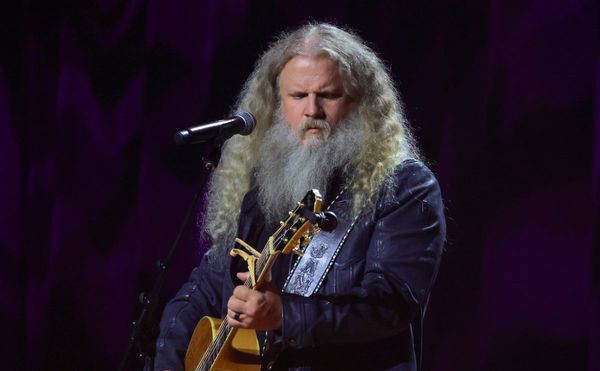Market fear gauges rose solidly again as the Nasdaq composite finally undercut its bear market lows from June. But they're not at extreme levels.
The Cboe Volatility Index, or VIX, rose 3.5% to 32.45, its third straight gain. Intraday, the VIX reached 33.79. That's still below the Sept. 28 intraday high of 38.44, as well as various intraday peaks of 35-39 earlier in 2022.
The VIX tracks the 30-day implied volatility of the S&P 500 index. It looks at S&P 500 options prices to track investor fear.
Meanwhile, the CBOE Nasdaq Market Volatility Index rose 4.6% to 38.57, reaching 39.77 intraday, the highest since June 16.
The market fear gauges both came off session highs as the major indexes bounced somewhat from intraday lows.
The VIX and VXN are contrary psychological indicators. When the VIX reaches extreme levels, that can signal that at least a short-term bottom is close. The idea is that when bearishness spikes, no one is left to sell.
Given that this is a significant bear market, the VIX may need to rise to 45 or above before providing strong evidence of a true bear-market bottom.
Keep in mind that psychological market gauges such as the VIX are secondary indicators. The primary indicators are always the major indexes such as the S&P 500, along with the leading stocks. Psychological indicators provide a little color, but investors should always focus mainly on what the market is actually doing.
Please follow Ed Carson on Twitter at @IBD_ECarson for stock market updates and more.







